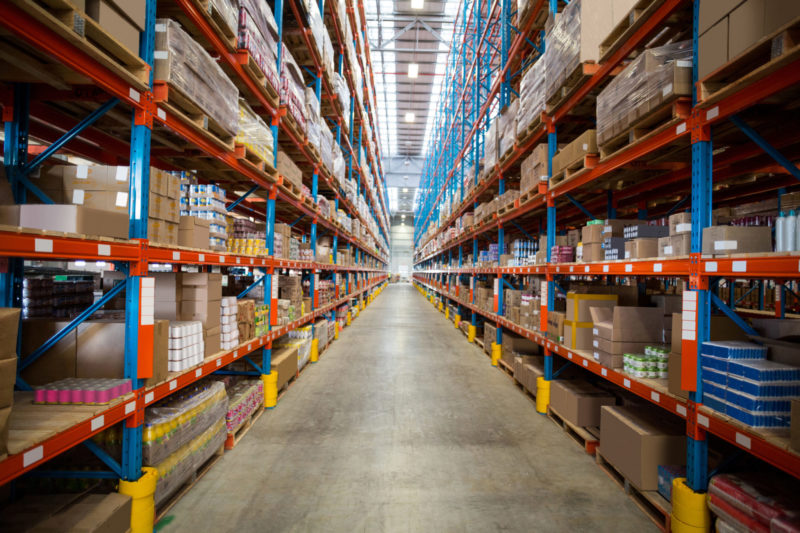5 Signs You Should Replace Your Homegrown Inventory System
- You have hired a lot of new employees
- You Rely on IT
- Older employees have left or retired
- Your homegrown system isn’t based on current inventory control practices.
- Your Current System Lacks Efficiency
When your company began, your homegrown inventory system worked fine. But, over time your business has grown and your inventory stock levels have risen. It may no longer be capable of meeting your specific business needs.
So, you might need to consider replacing your system. Here are five signs that it might be time to replace your homegrown inventory system:
You have hired a lot of new employees.
New hires are familiar with the current operating systems and inventory management practices. Training them on a homegrown system could confuse them, and is time spent away from work.
You Rely on IT
Homegrown inventory systems don’t have dedicated support teams. If something goes wrong with your system, who is going to fix it? If you depend on your IT team, that is only a stop-gap solution. IT work is a full-time task. And asking one of them to look at your inventory system is too much of a strain on their time and resources.
Your older employees left or retired
As your older employees leave or retire, there will be a gap in the knowledge of the system. Your older employees are the most experienced with the system. Even with on-going training, they have knowledge that may not get passed on.
Your homegrown system isn’t based on current inventory control practices.
Inventory management practices have improved. For this reason, current systems are better at tracking your inventory levels. The latest inventory management software can add real time visibility for multiple locations.
Also, some solutions may provide role-based security. This gives team members access to specific data and transaction approvals. Furthermore, some are designed specifically to be configurable to your unique workflow.
Just as standard practices change, so too do operating systems. Has your company had significant upgrades to its computer hardware or operating systems? If so, your current inventory management system may not be compatible. As a result, you’ll need to spend time adapting your system to your new computer network.
Your Current System Lacks Efficiency
The word “scalable” gets tossed around a lot in business management. Companies strive to be flexible in their markets and internal procedures. To this end, companies must adapt to the constant changes in their industry.
The concept also applies to inventory management. An outdated system cannot efficiently manage your inventory. Now, a management system that worked great a decade ago could be costing you time and money.
This is true for warehouse management systems as well. A legacy WMS may not have the functionality needed to effectively manage your inventory. Conversely, some WMS systems contain features that go unused. Thus, you’re paying for a system you’re not utilizing.
Has the time come to replace your homegrown inventory system? If so, Radley Corporation can help update your legacy system. Ask us how today!

